Geology Reference
In-Depth Information
aries, where the outward motion of the plates fractures the rocks through tension stress,
while creating space where the rocks can slip downward.
A
reverse fault
is the result of compression, where the hanging wall moves upward in re-
lation to the footwall, accommodating the movement of two plates toward one another
at a convergent boundary. (In this case, the two sides of the fault move closer together.)
When the angle of the fault plane is low, the result is a
thrust fault,
where the hanging
wall is thrust up and slightly over the footwall rocks. A reverse and thrust fault are also
illustrated in Figure 9-13.
Figure 9-13:
Dip-
slip faults.
Striking and slipping
Strike-slip faults occur most often along transform boundaries as a result of shearing
stress. In a strike-slip fault, the rocks move horizontally, side by side. Strike-slip faults
are often linear (like a line) and can be miles long across the surface. For example, the
San Andreas Fault (pictured in this topic's color photo section) is a 600-mile-long strike-
slip fault. Rather than a single long fracture, long strike-slip faults are usually a series of
parallel fractures running in the same direction.
Smaller strike-slip faults are found along mid-ocean ridge divergent boundaries. As the
crustal plates move apart, blocks of rock slip in one direction or the other and create a
zig-zag pattern of transform faults, as illustrated earlier in this chapter in Figure 9-8.
Joints
In some cases, fractures or faults appear in rocks where there does not appear to have
been any movement. These fractures are called
joints.
Joints are common at the surface
of crustal rocks. While the lower layers of rock are folded, the rocks at the very surface,
in the bend of the fold, may fracture apart but not move in relation to one another.


